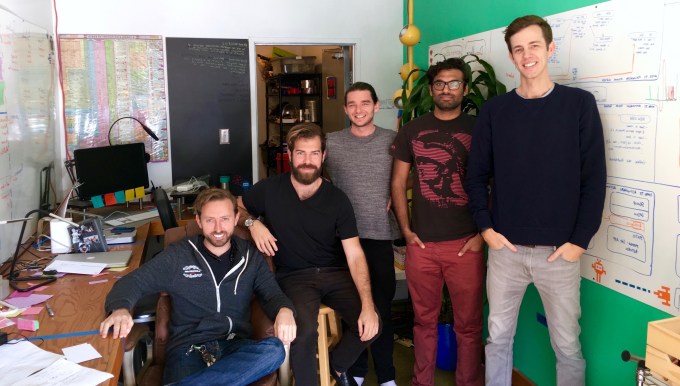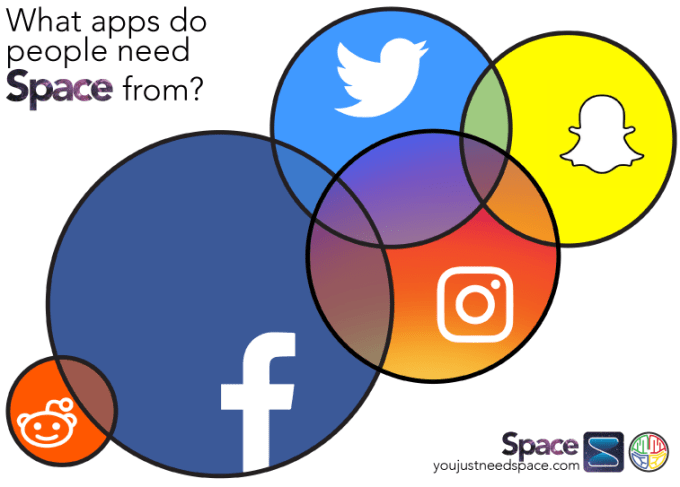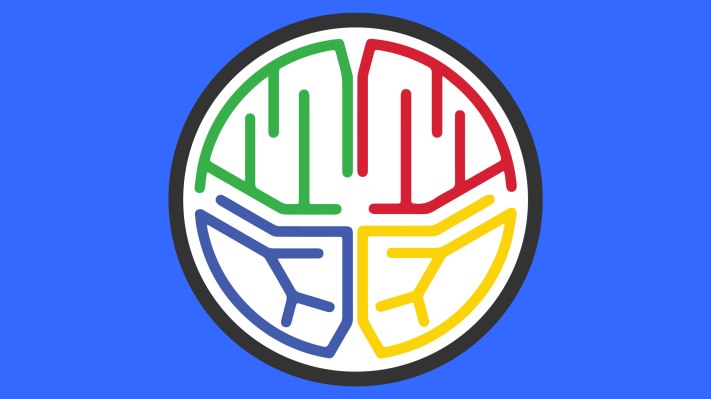Dopamine Labs, a small startup in Los Angeles, not just creates tools that can hook users to an app… the company is now also giving people a way to kick their app habit.
Formed by two neuroscientists who received their doctorates from the University of Southern California, the company has developed what it calls a “reinforcement api” based on the duo’s complementary research at USC.
The company believes that using its api — a few lines of code — app developers can increase user engagement and positive reinforcement on any app.
The work is based on the twin avenues of research pursued by company co-founders T. Dalton Combs and Ramsay Brown.
Combs, a doctor in the field of neuroeconomics and the company’s chief executive, was responsible for identifying and understanding the chemistry and biology involved in decision-making. Brown, the chief operating officer, graduated with a doctorate in neuroinformatics, which involved developing tools to help neuroscientists better understand the brain.
Between the two of them they’ve developed a technology that they claim can improve app usage, and have data from a few beta customers to back it up.

Dalton Combs, Ramsay Brown and the rest of the Dopamine Labs team.
Initial customer Root, a teaching tool for university students saw a 9% improvement in student attendance after integrating the Dopamine Labs api. Micro-lender Tala saw a 14% improvement in micro-loan repayment, while Vimify, a startup providing coaching on healthy living saw a 21% improvement in sticking to a daily diet and exercise plan.
The biggest gains were at apps like Movn, which encourages daily movement (they saw a 60% improvement in minutes walked per month) and Brighten, a social network that saw 167% improvement in app opens and positive messages sent.
“We asked ourselves what is the direction of the future of technology and humanity,” said Brown in an interview. “We had some hunches about human behavior as applied to technology and vice versa… and how one might go about building a better way for humans to use apps and navigate them.”
On the strength of its api tool the company has raised roughly $250,000 in seed funding from Lowercase Capital (Matt Mazzeo was responsible for the deal).
“The dopamine api is a tool that allows any app to become addictive,” said Brown. “The premise is really straightforward… people don’t just love that burst of dopamine they get from a notification, it changes the wiring of the brain.”
What the two neuroscientists have ultimately sussed out is a way to manage the delivery of “rewards” in apps in a manner that encourages repeat visits.
Combs recognizes the potential for abuse that’s inherent in a tool that can, ostensibly, increase addictiveness and says the company has strict terms of service to limit abuse.
But now, the company has developed another tool (for Android users) that can help fight the addictive behavior its tools may help create.

Called Space, the new app works as the inverse of the Dopamine api. Instead of encouraging user behavior and creating new neural wiring that encourages app use, the Space app actually reduces the drive to continue a behavior.
Combs referenced initial experiments done around the pleasure principal and behavior that represent some of the earliest modern advances in the field of neuroscience — particularly the work of James Olds and Peter Milner.
Olds and Milner were the first neuroscientists to identify a potential “pleasure center” for the brain and identified the release of the neurochemical dopamine as the chemical behind the feeling of pleasure.
Later research refined that theory to focus on dopamine as a chemical that could produce desire. And by delaying the gratification stimulated by the desire, scientists could actually break the association between the action that produced the chemical for “desire” and the object of that desire.
That, essentially, is what Space does. It reduces the delivery of the stimulus from apps that creates the need to continue to use the app. With that gone, people are less inclined to use the app.
“Partially why we built space [is that] at the core of what we’re trying to build with Dopamine Labs is the core thesis in recognizing and understanding that technology changes people,” says Brown. “We can treat this as a design task… We’re leading this field of behavior design [and] we are disinterested in being the thought police.”
Instead, Brown sees the company’s role as providing tools to encourage good behavior and reduce bad behavior when it comes to mobile apps.
“What I’d like to do is distribute a set of easy to use tools the people who make apps with the dopamine api and the space app for people who use apps,” said Brown. “We’re not about starting or stopping we’re about giving people that choice of who… and how… they want to be.”
